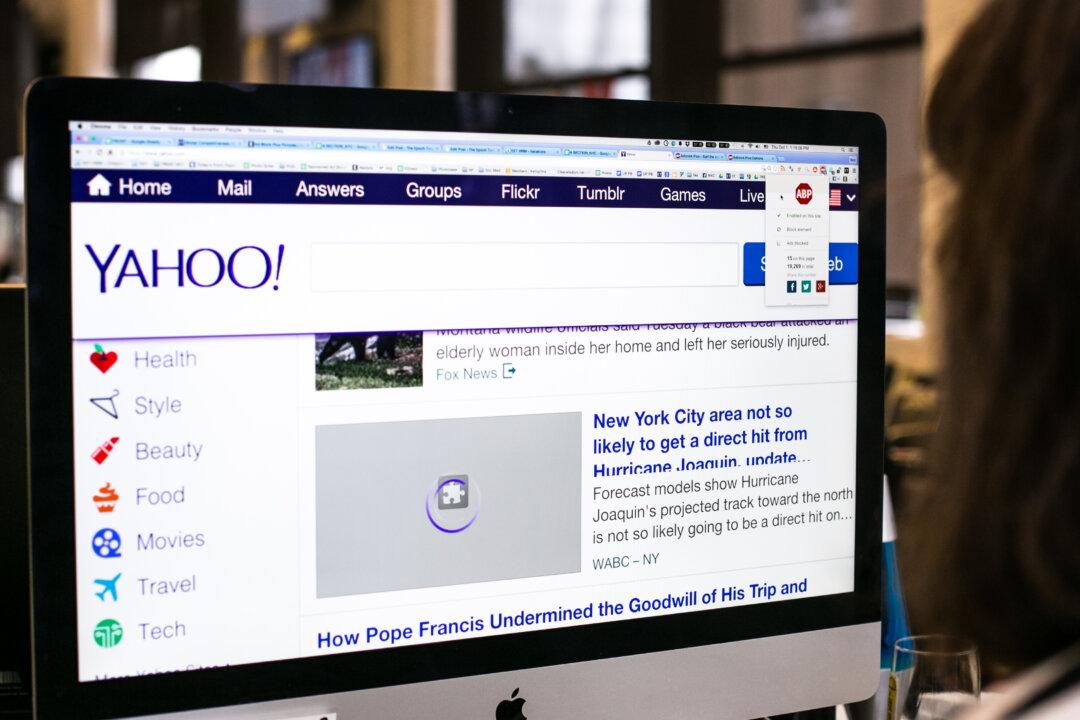People like free stuff, like consuming online articles and videos without looking at the annoying pop-up ads. And now there are plenty of ad blocking tools that avoid online ads, banners, and videos. But they pose a great threat to publishers that depend on ad revenue for survival.
“The incredible growth of ad blocking has reached the tipping point where sites will no longer be able to operate,” Justin Bunnell, CEO of AdSupply Inc., states on the company’s website.
“If ad blocking continues unchecked, it will eliminate the advertising revenue websites need to survive. It is like expecting a movie theater to stay in business when 30 percent of their audience does not pay for a ticket.”
The incredible growth of ad blocking has reached the tipping point where sites will no longer be able to operate.
, AdSupply





